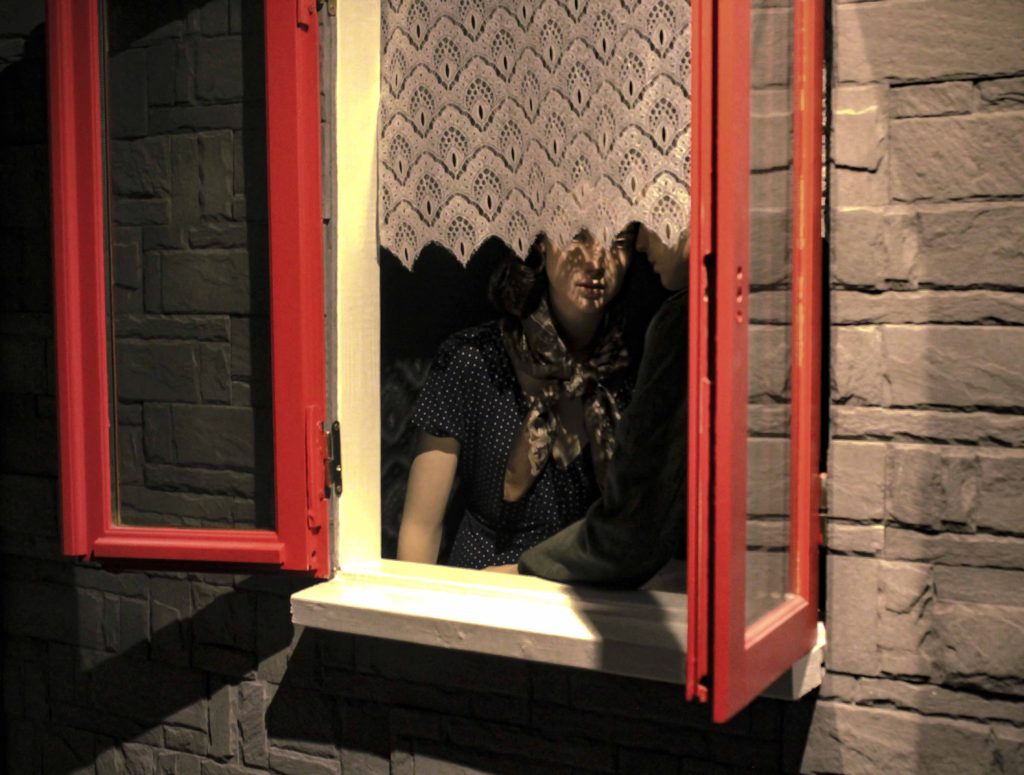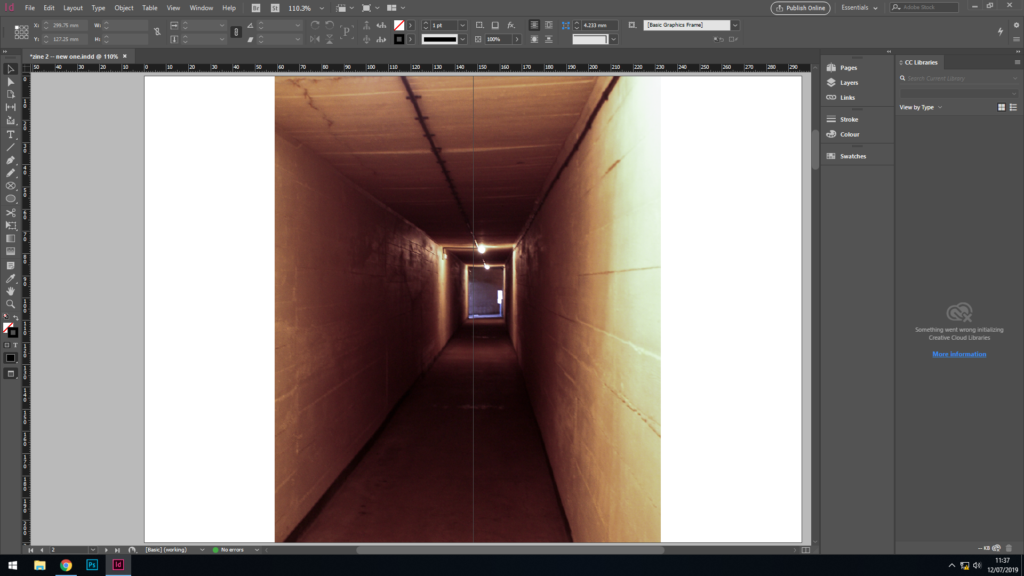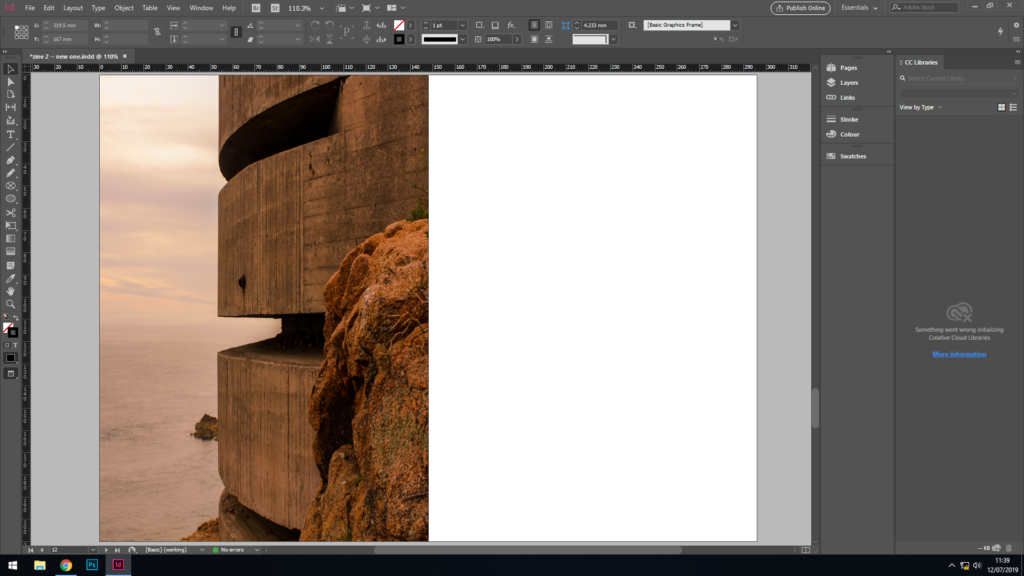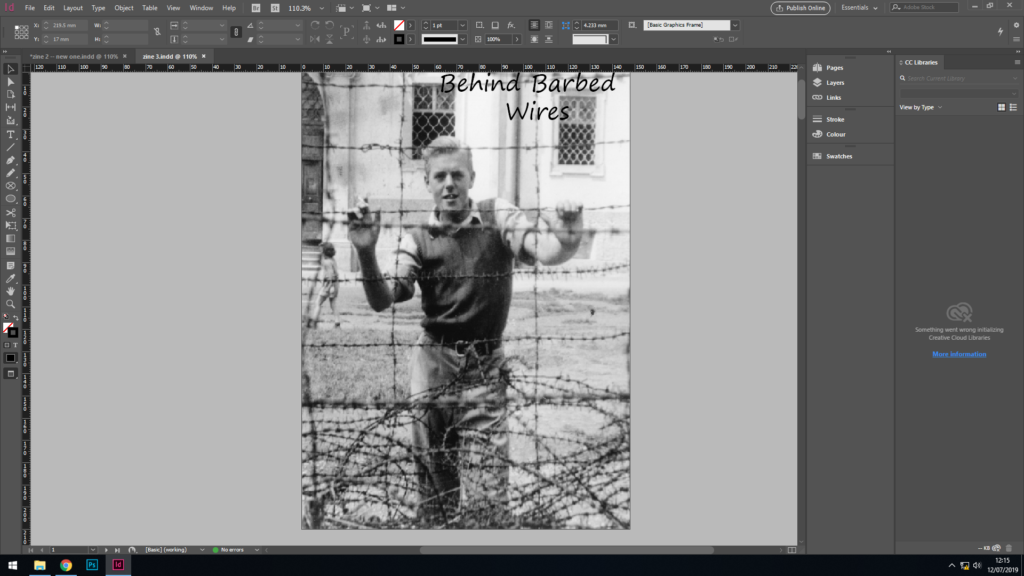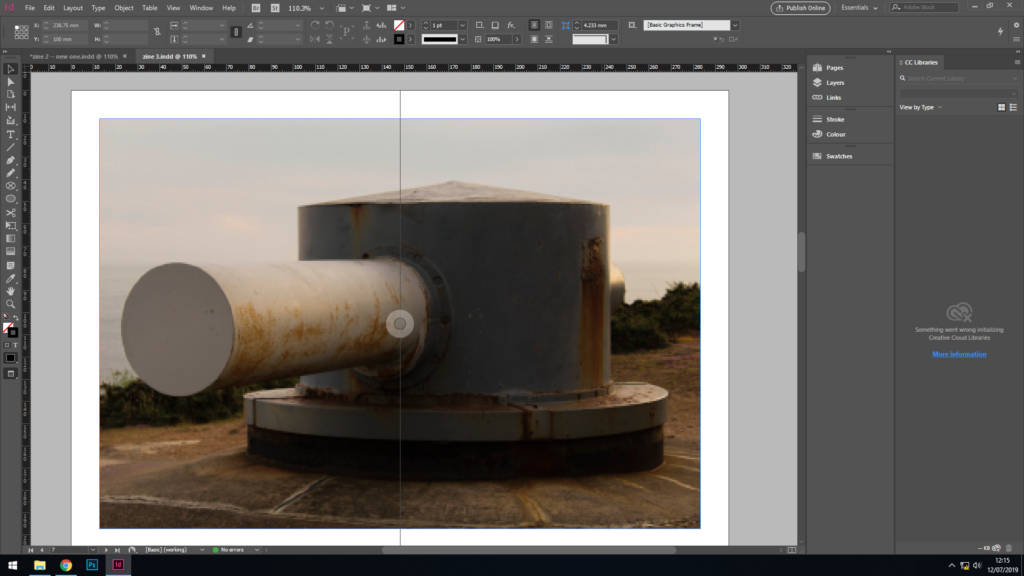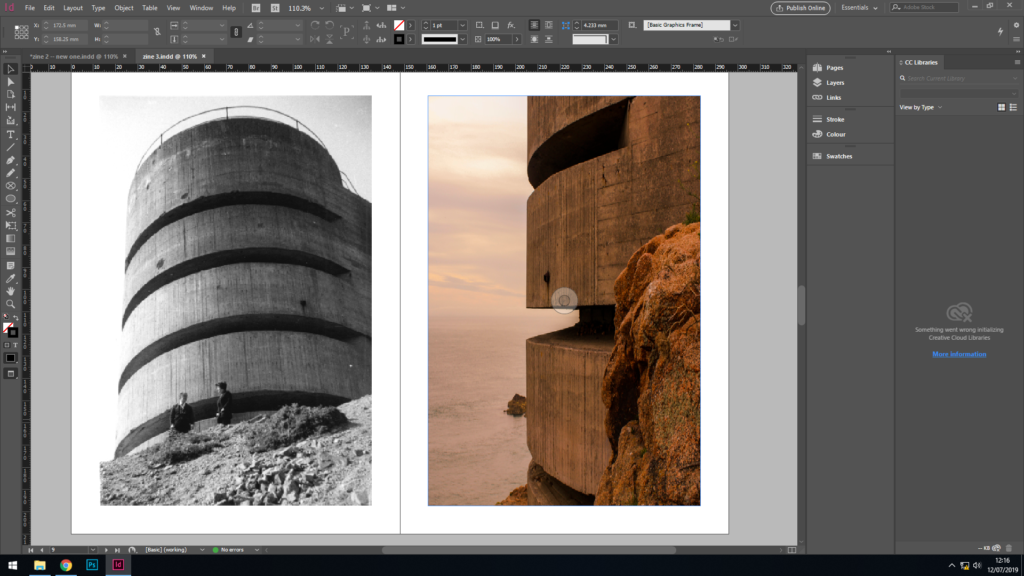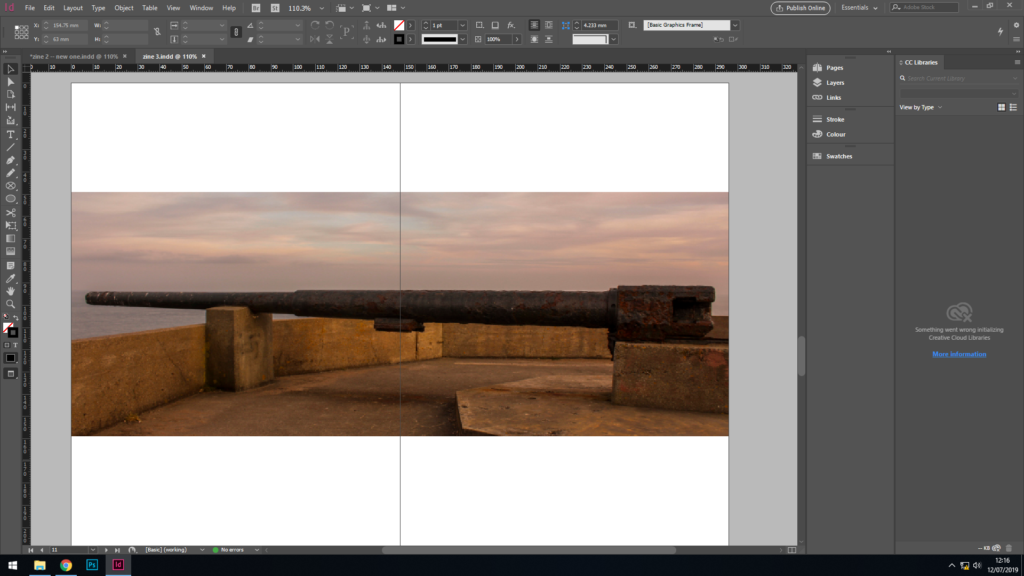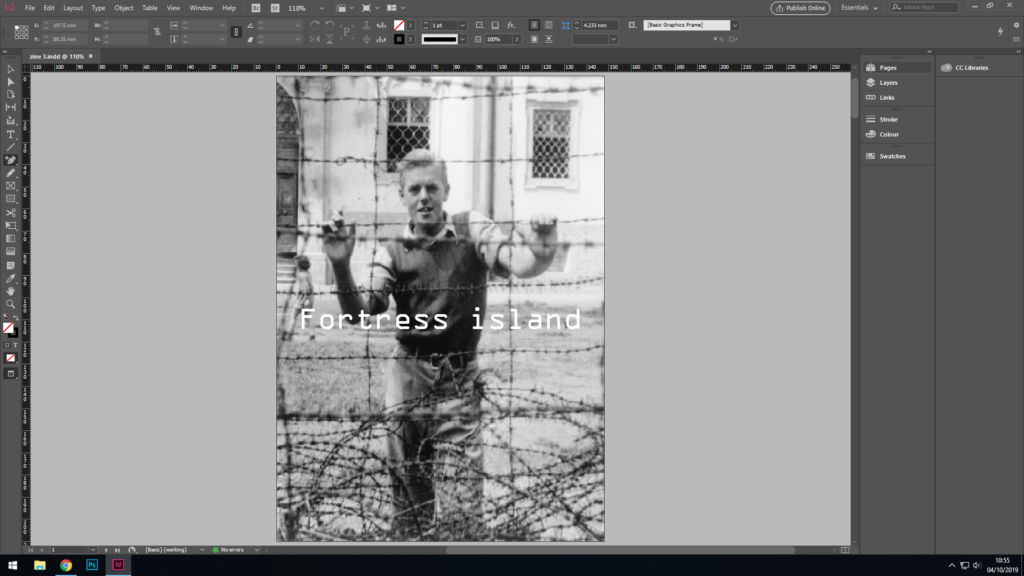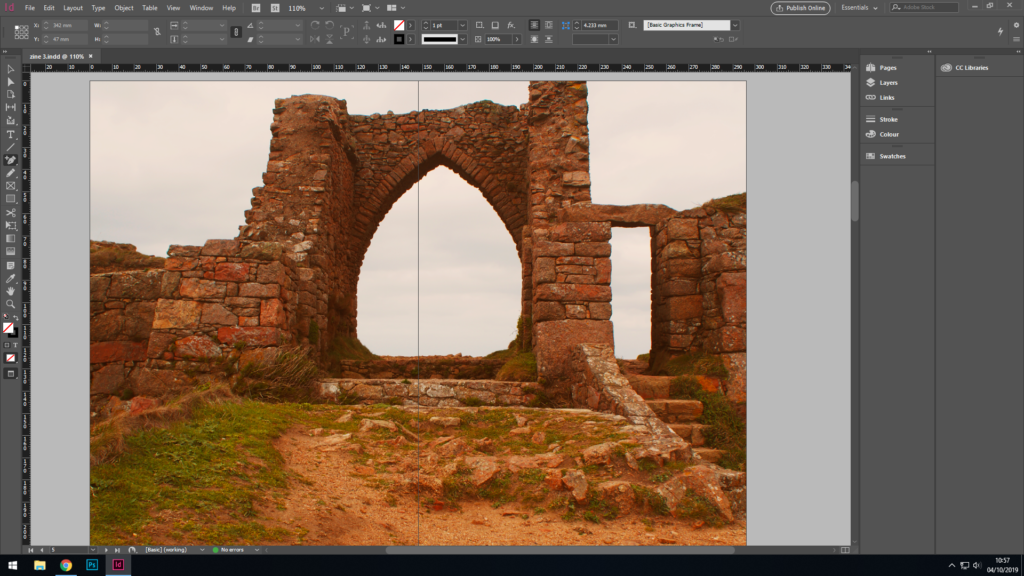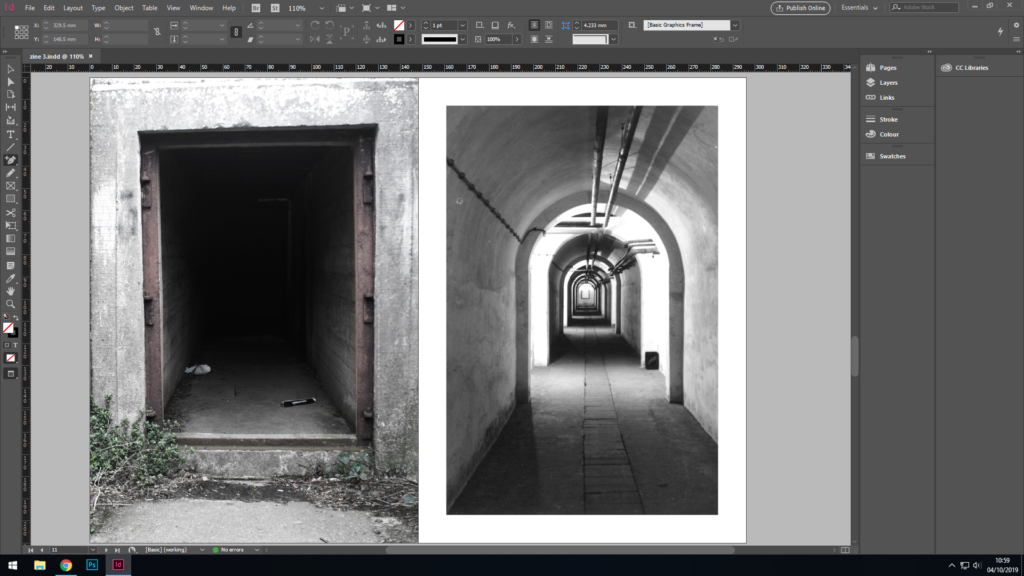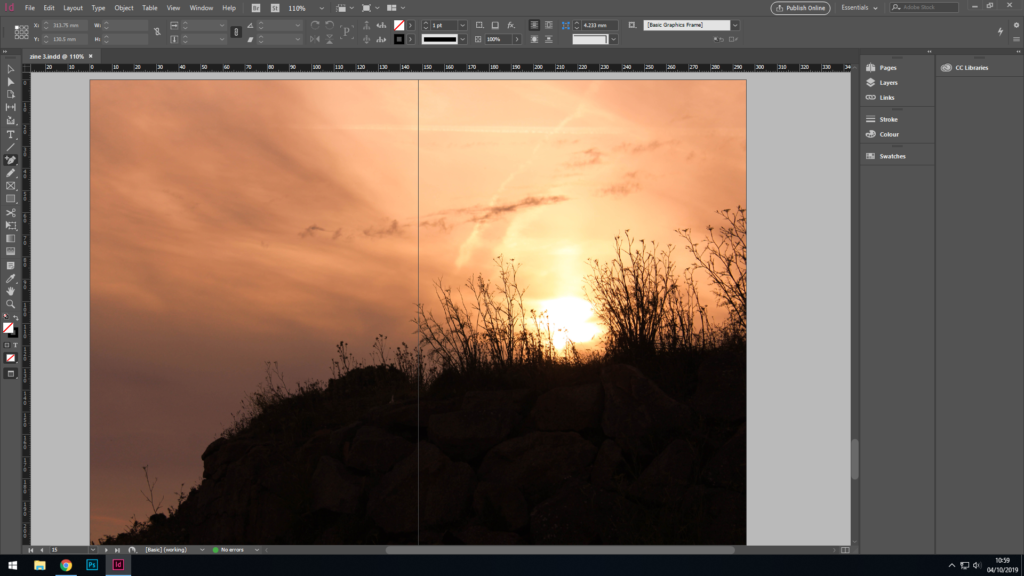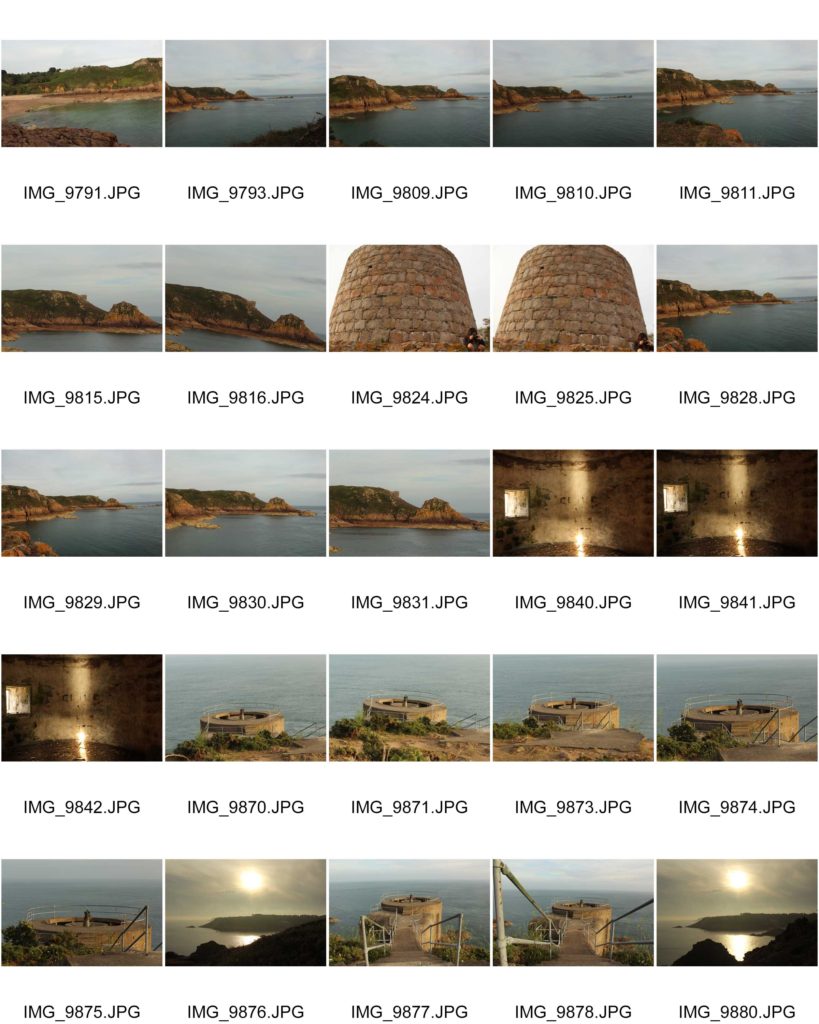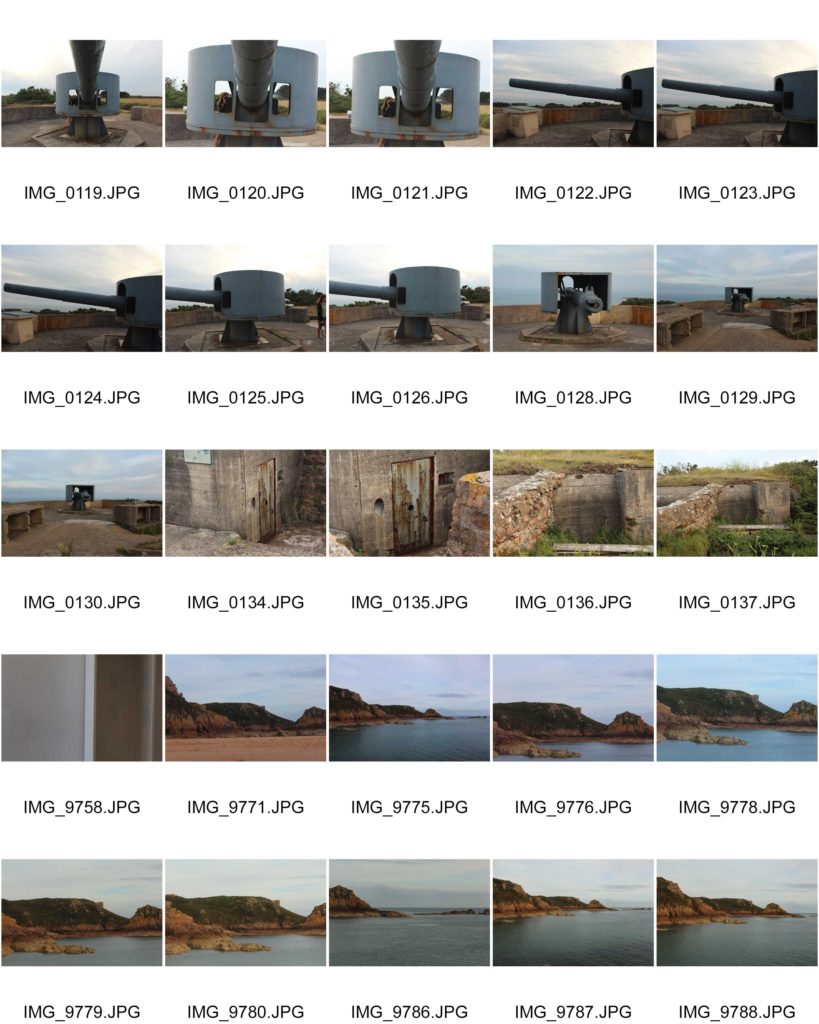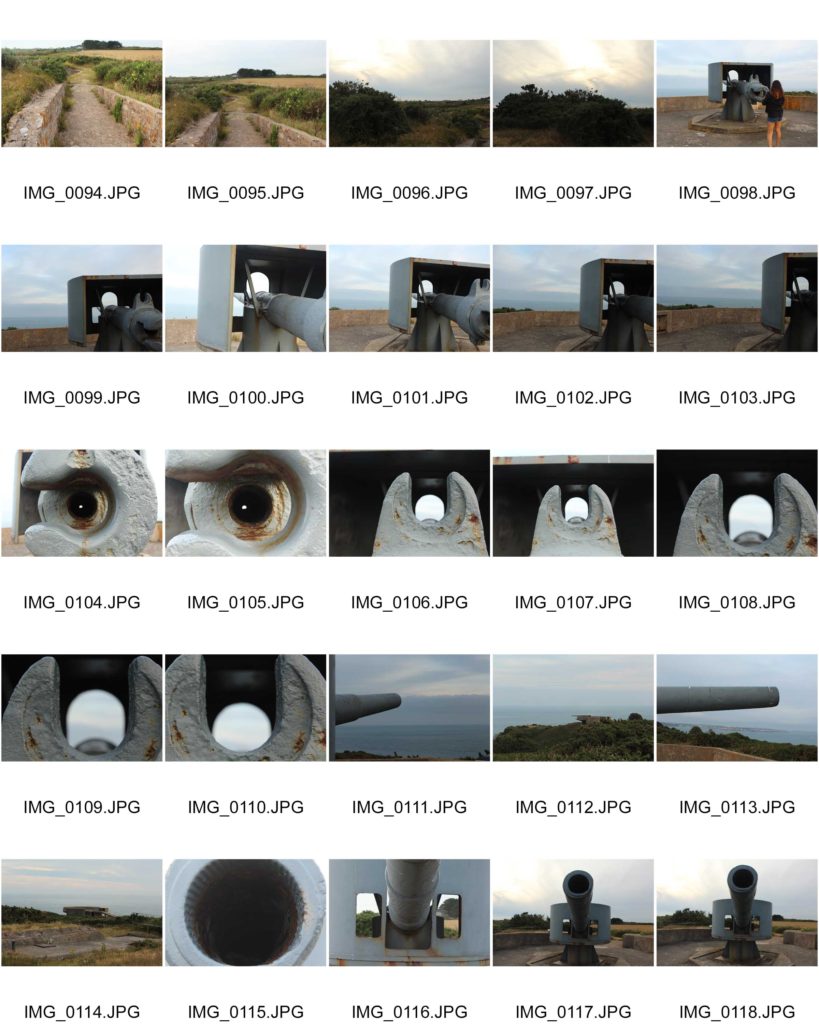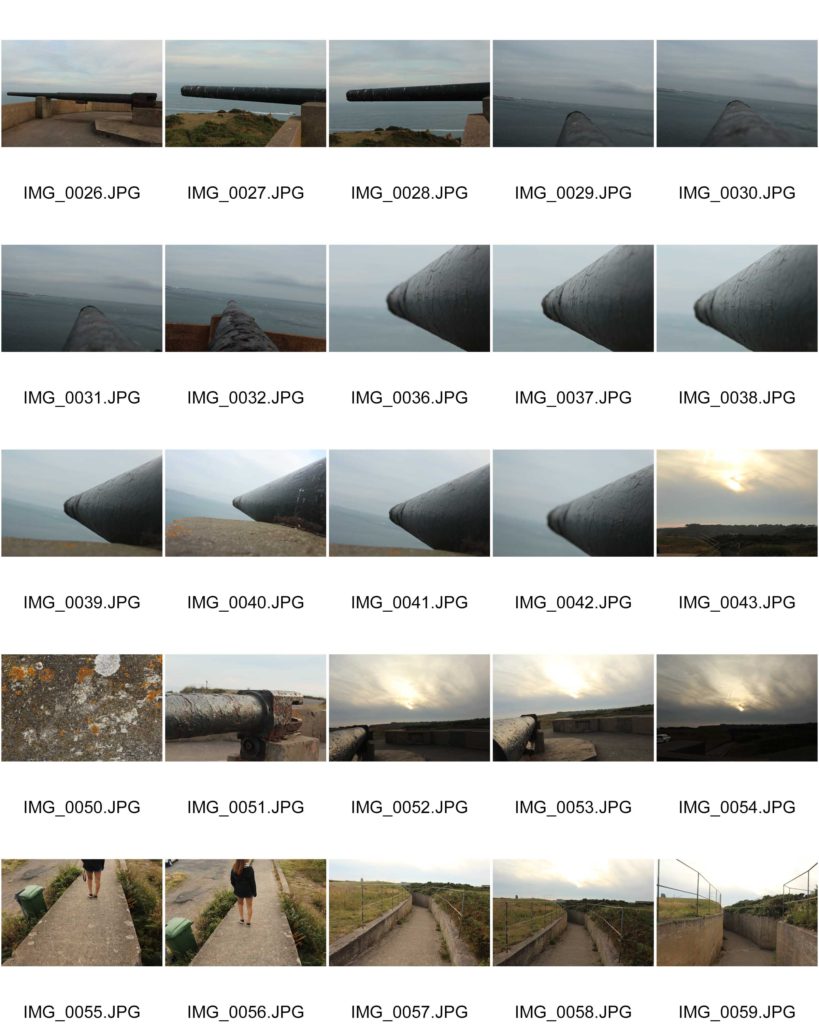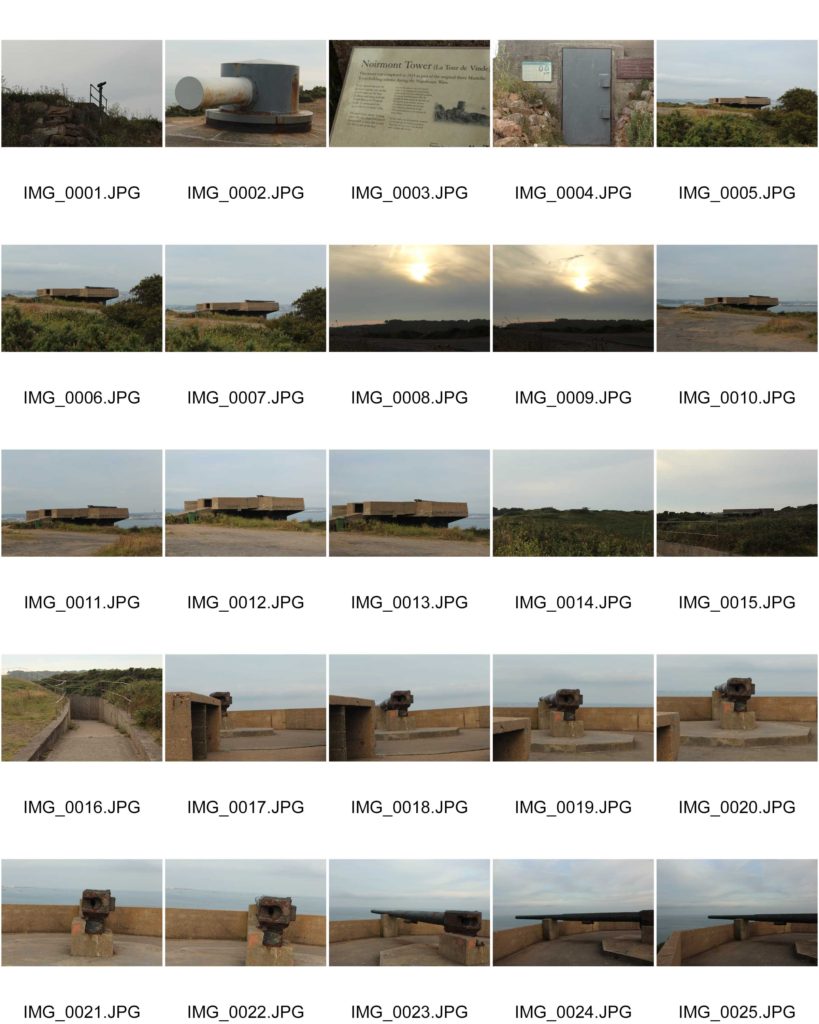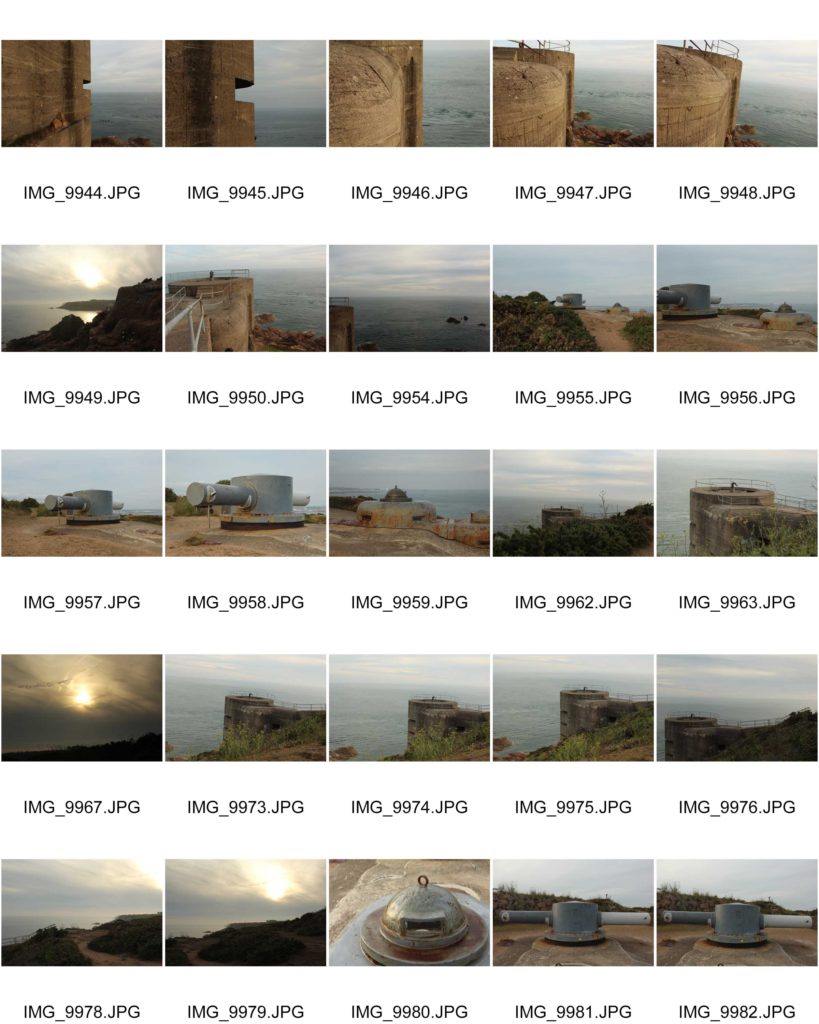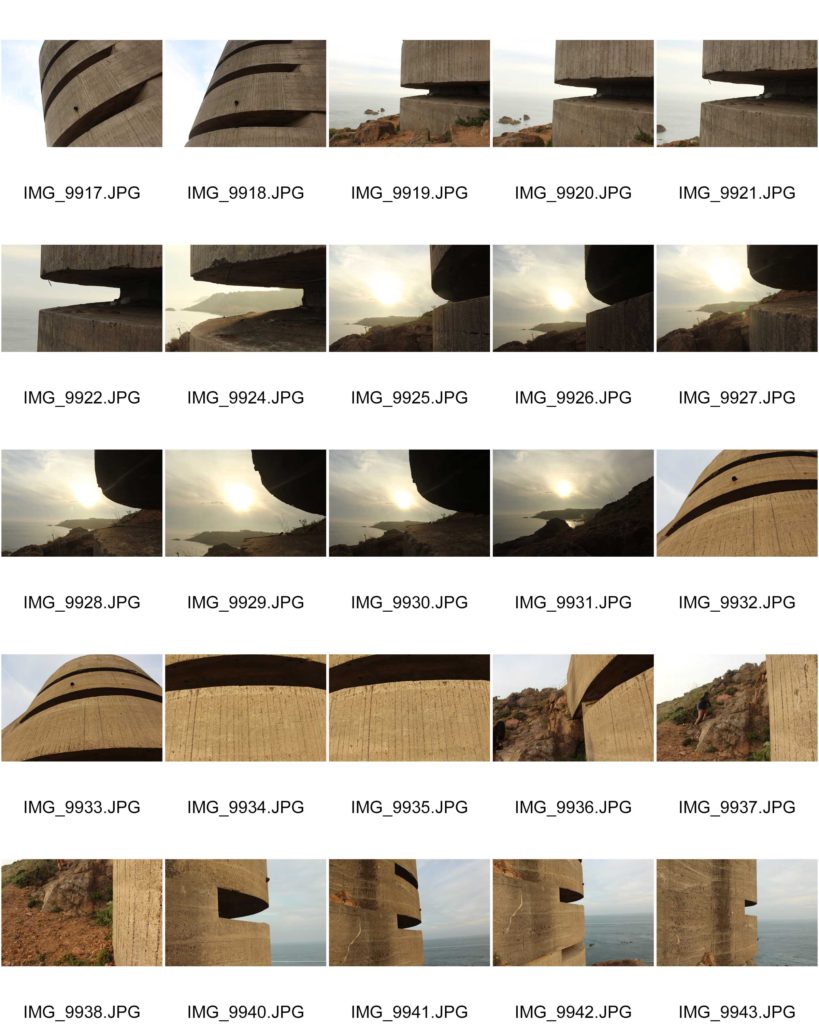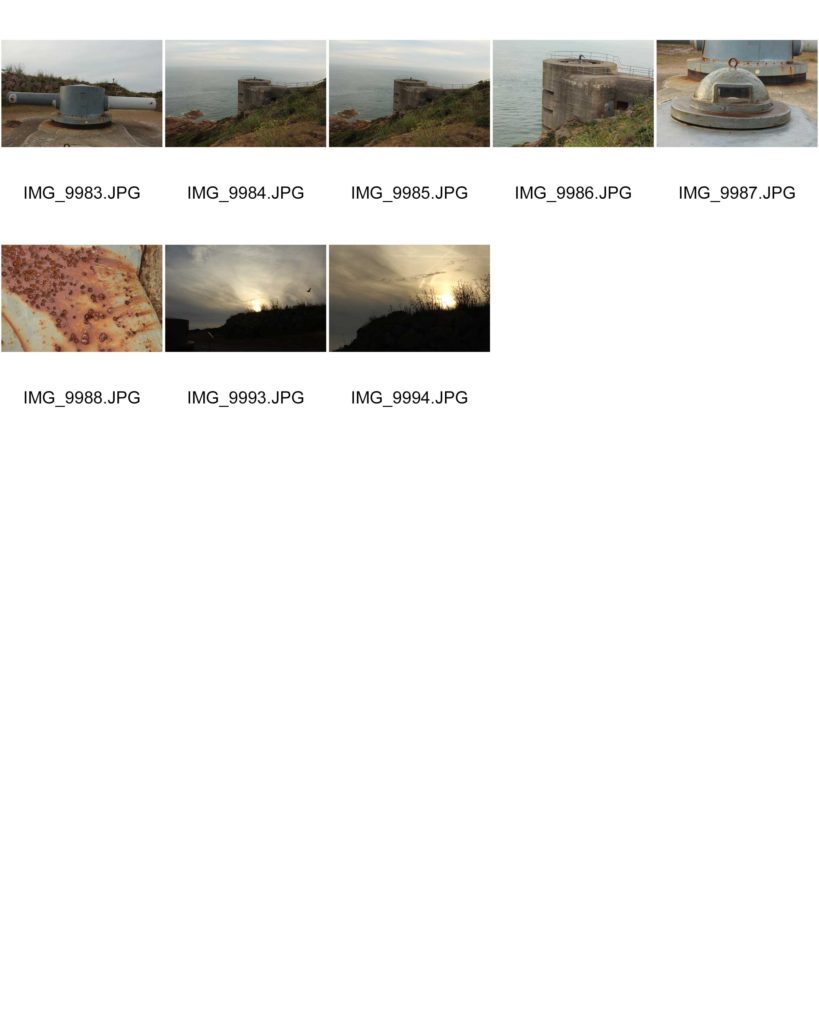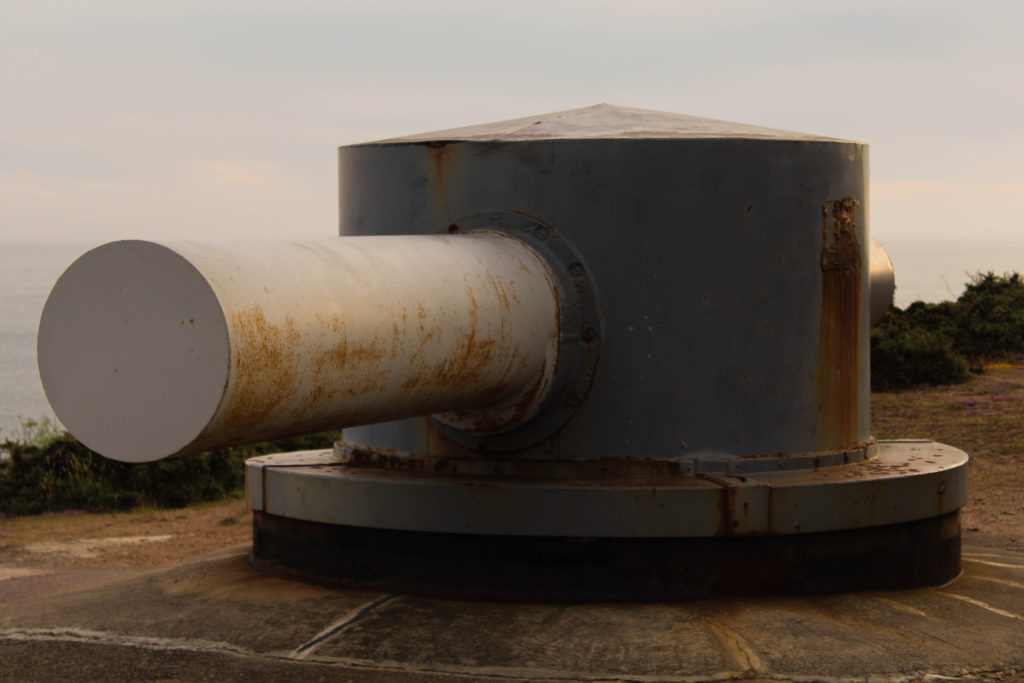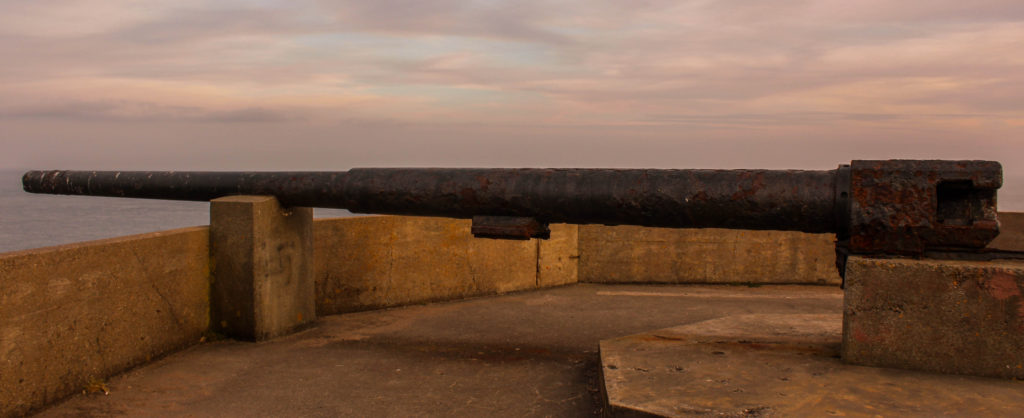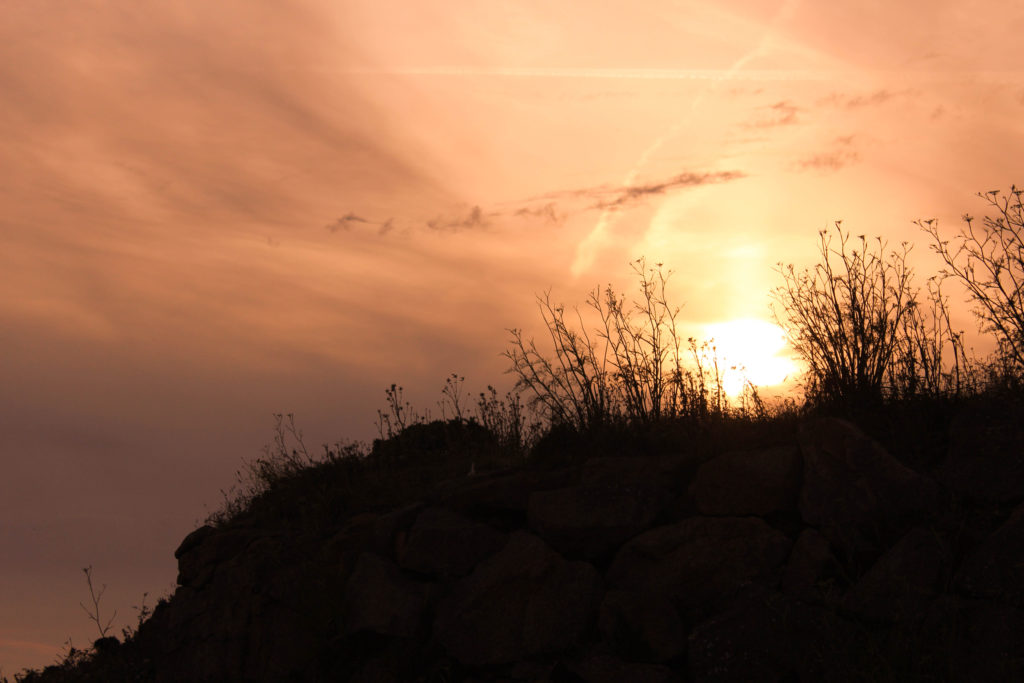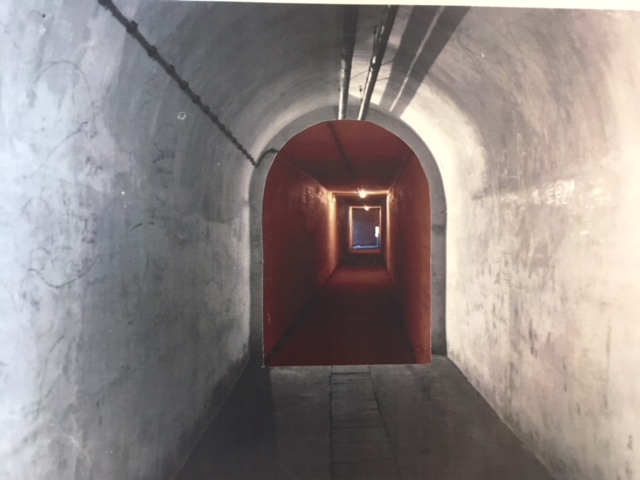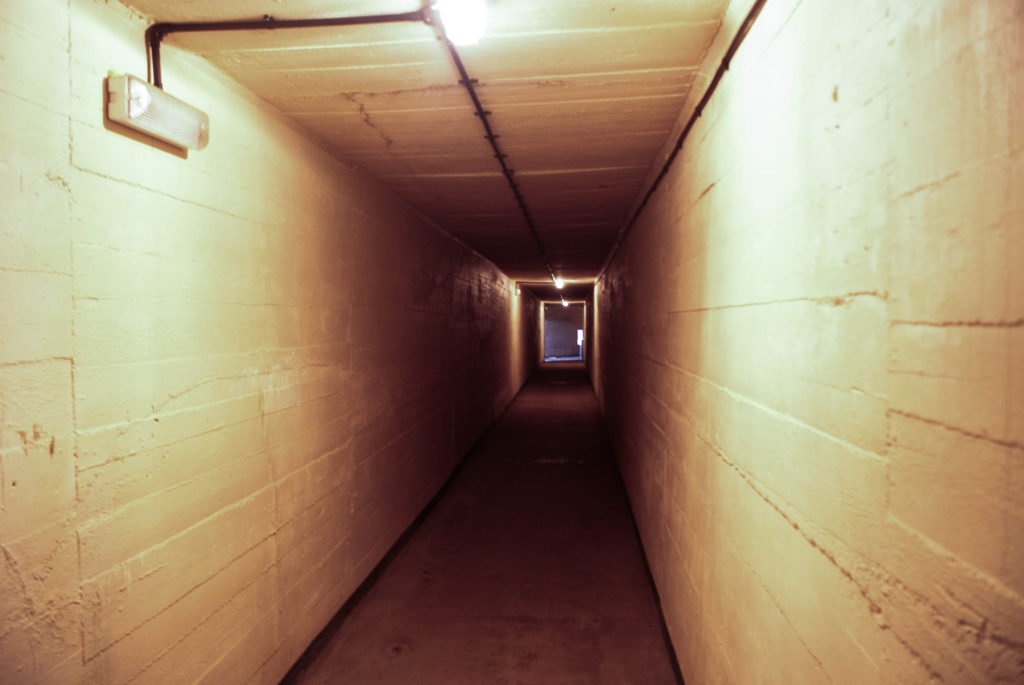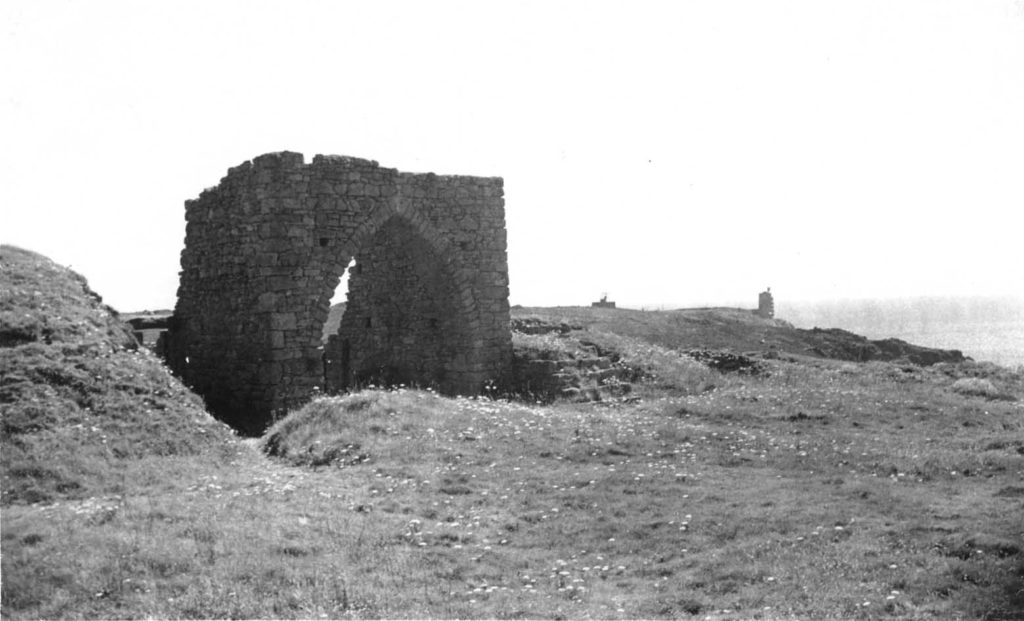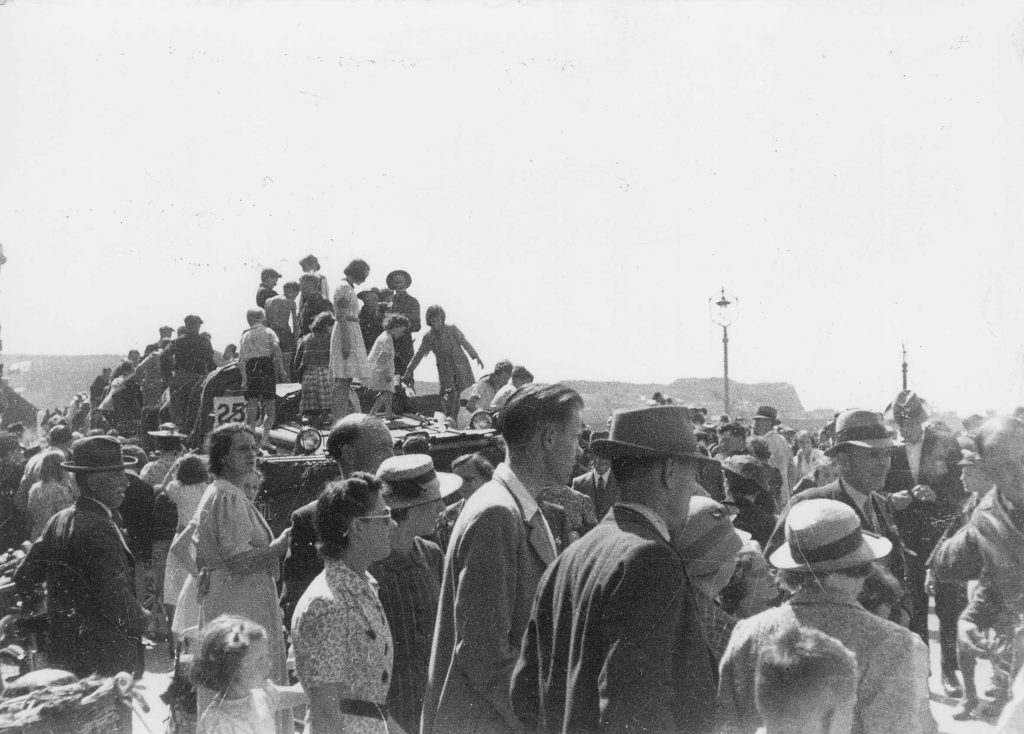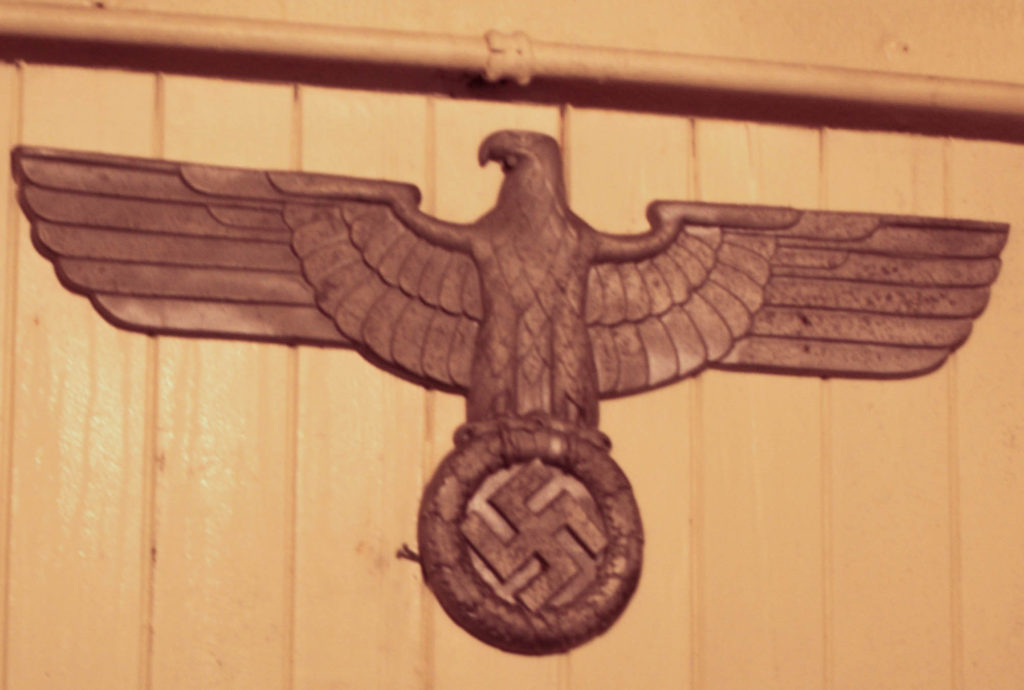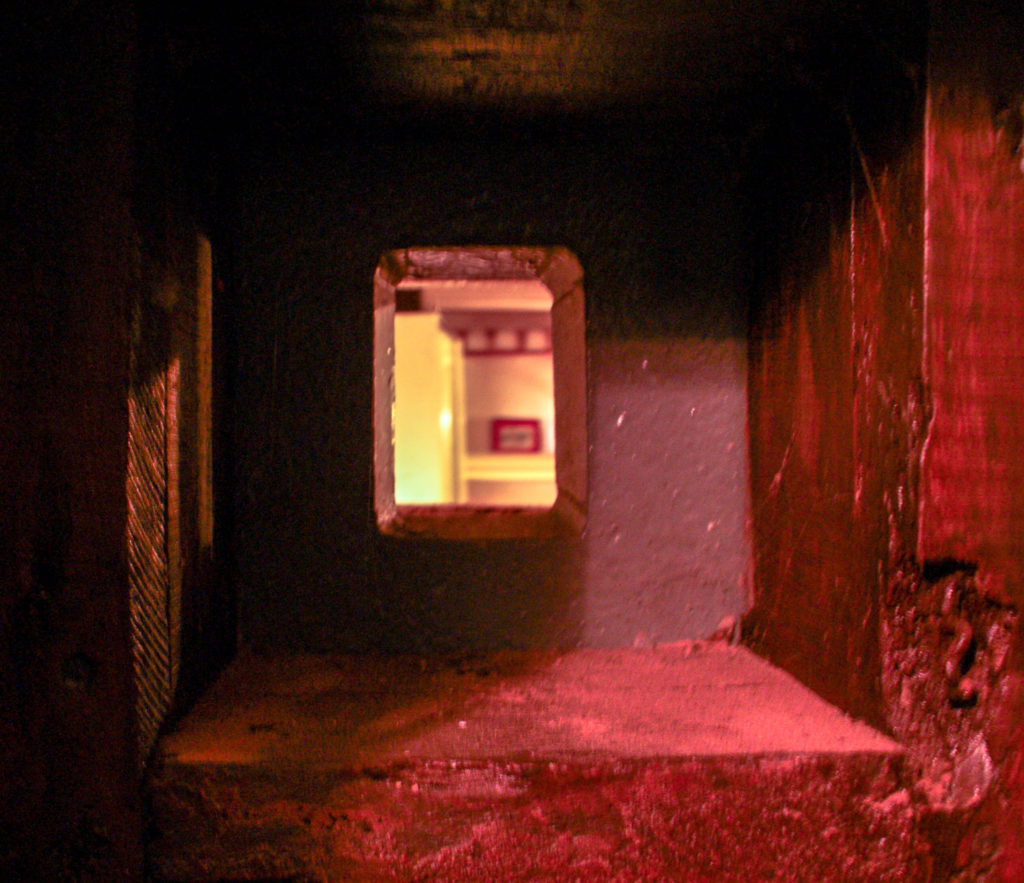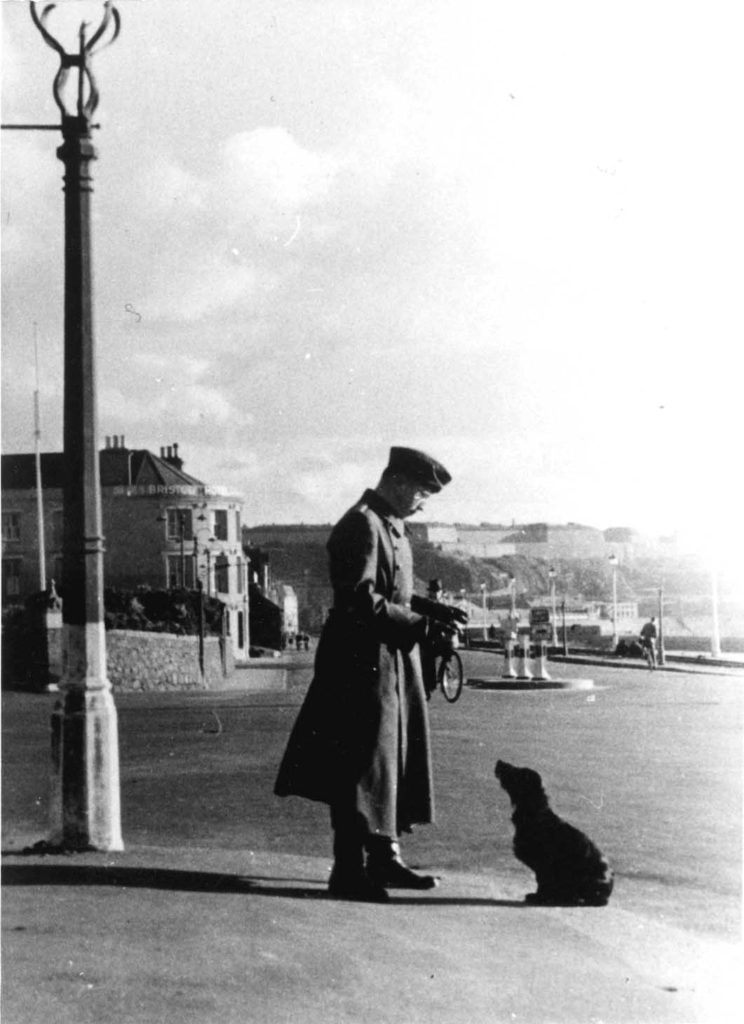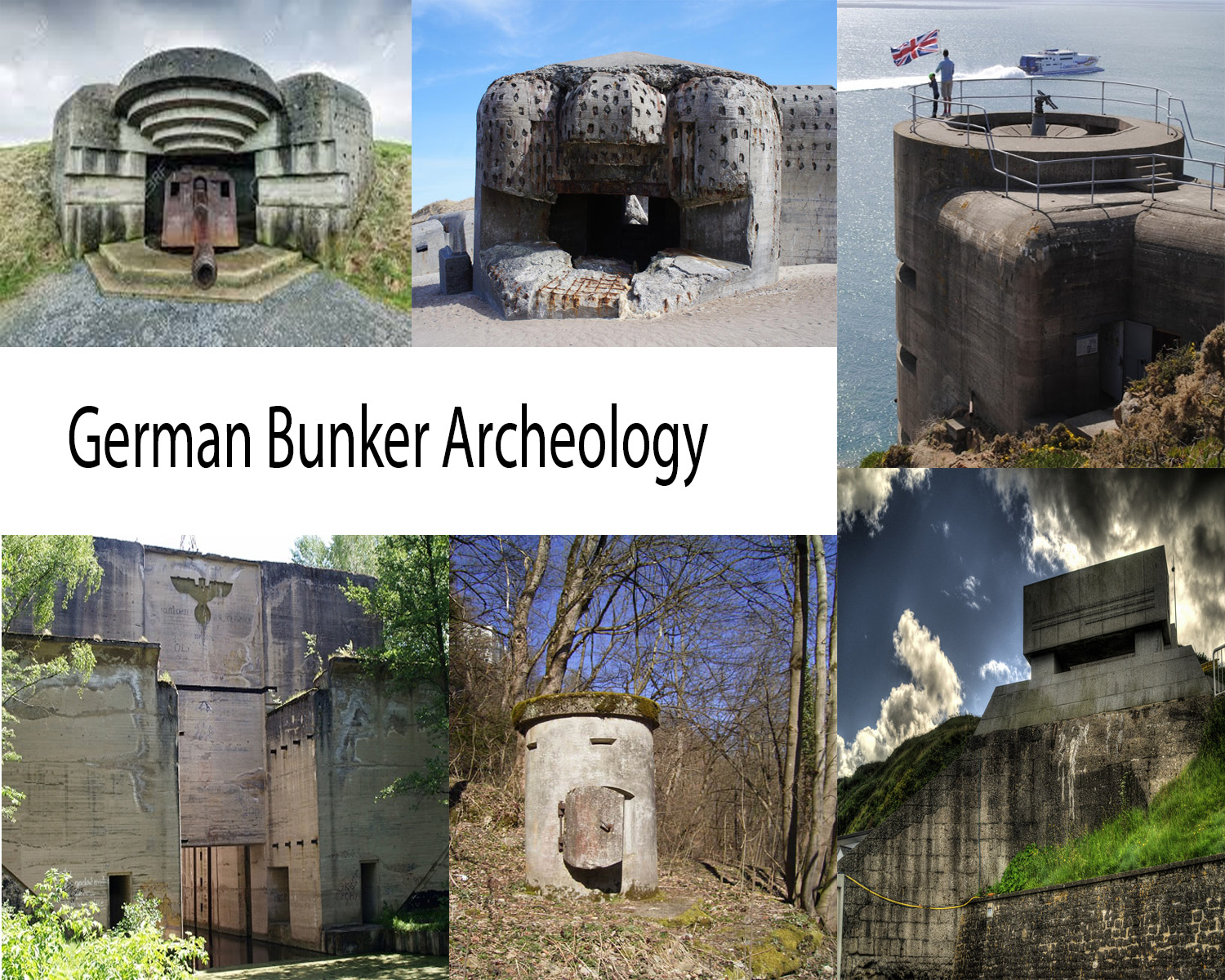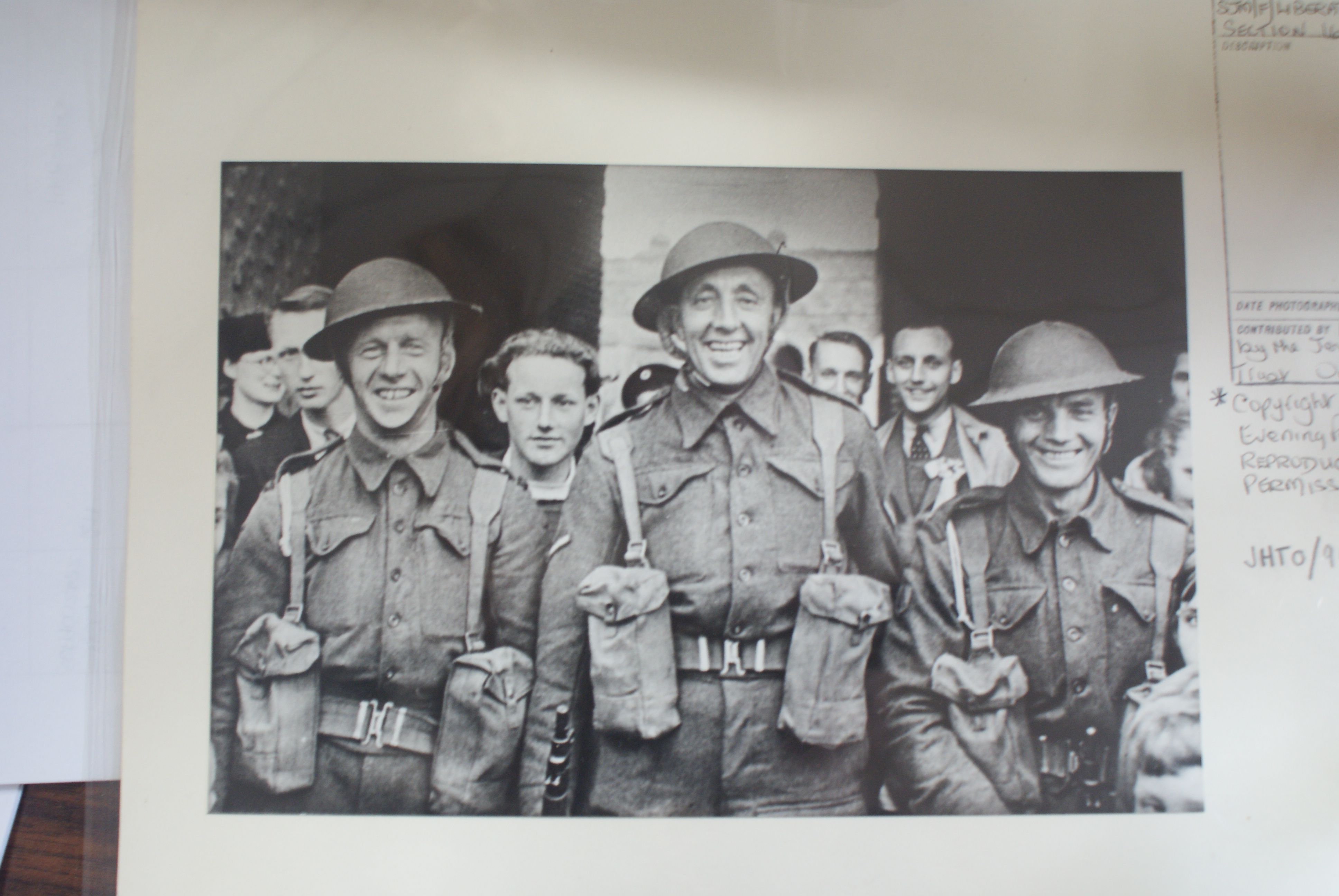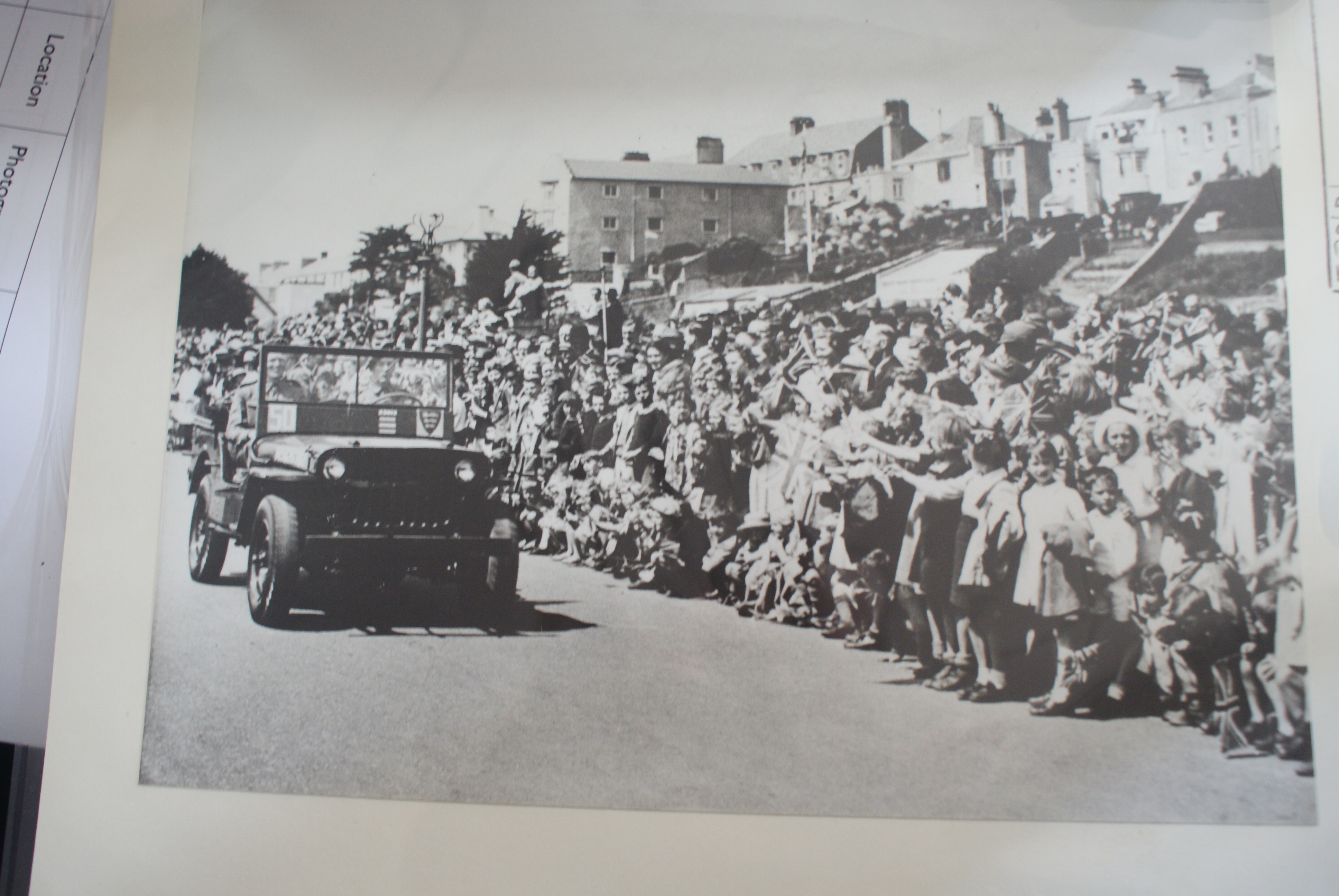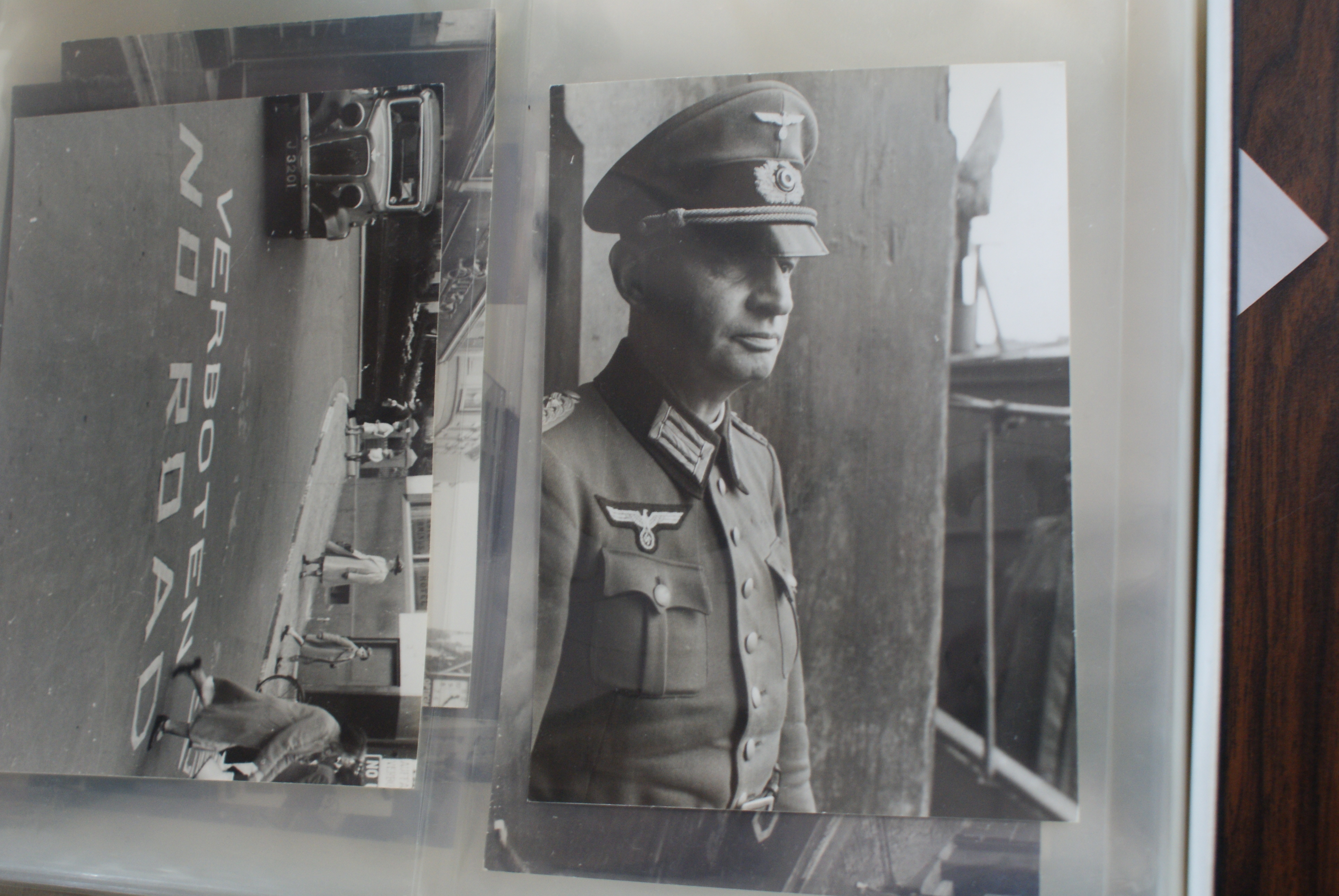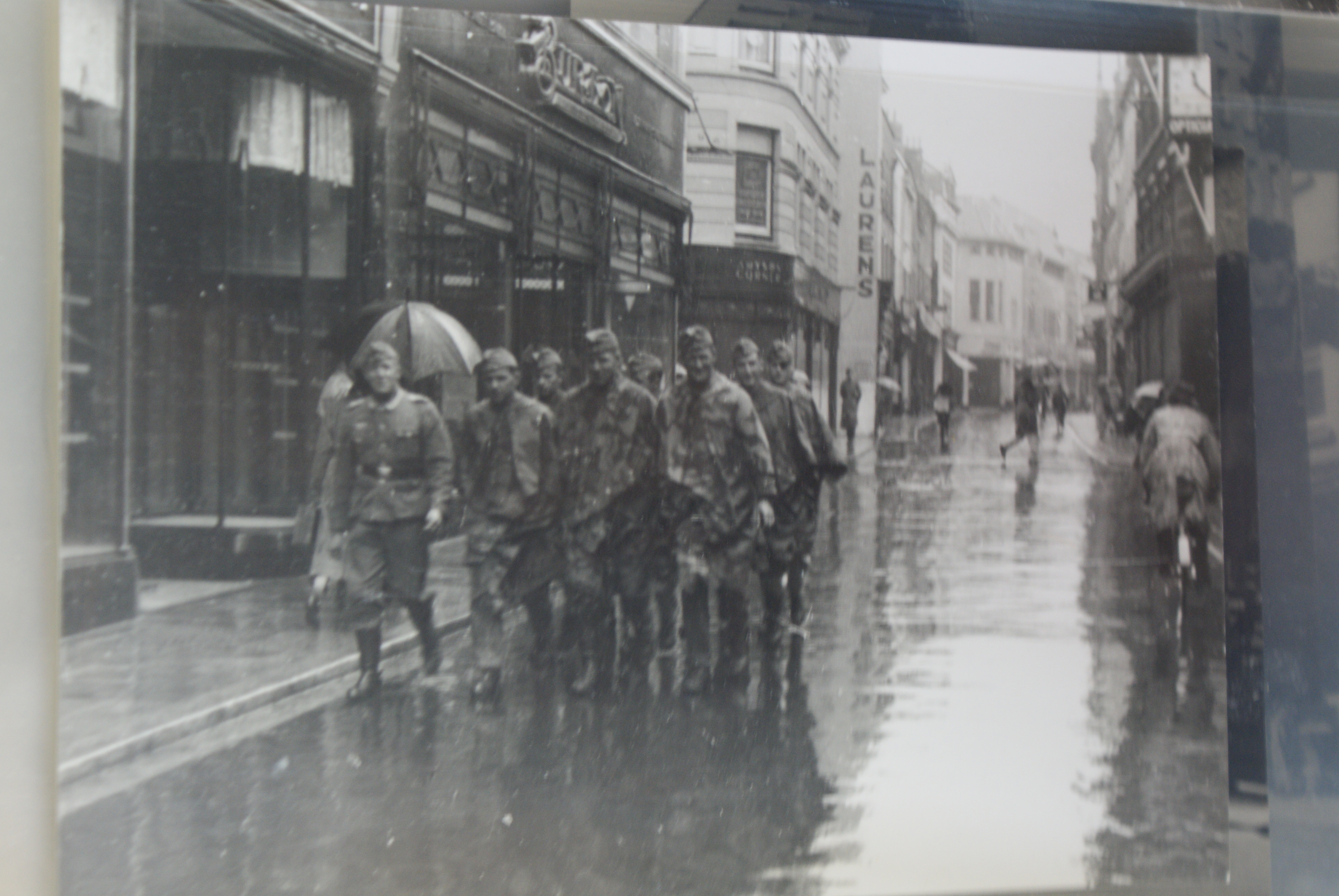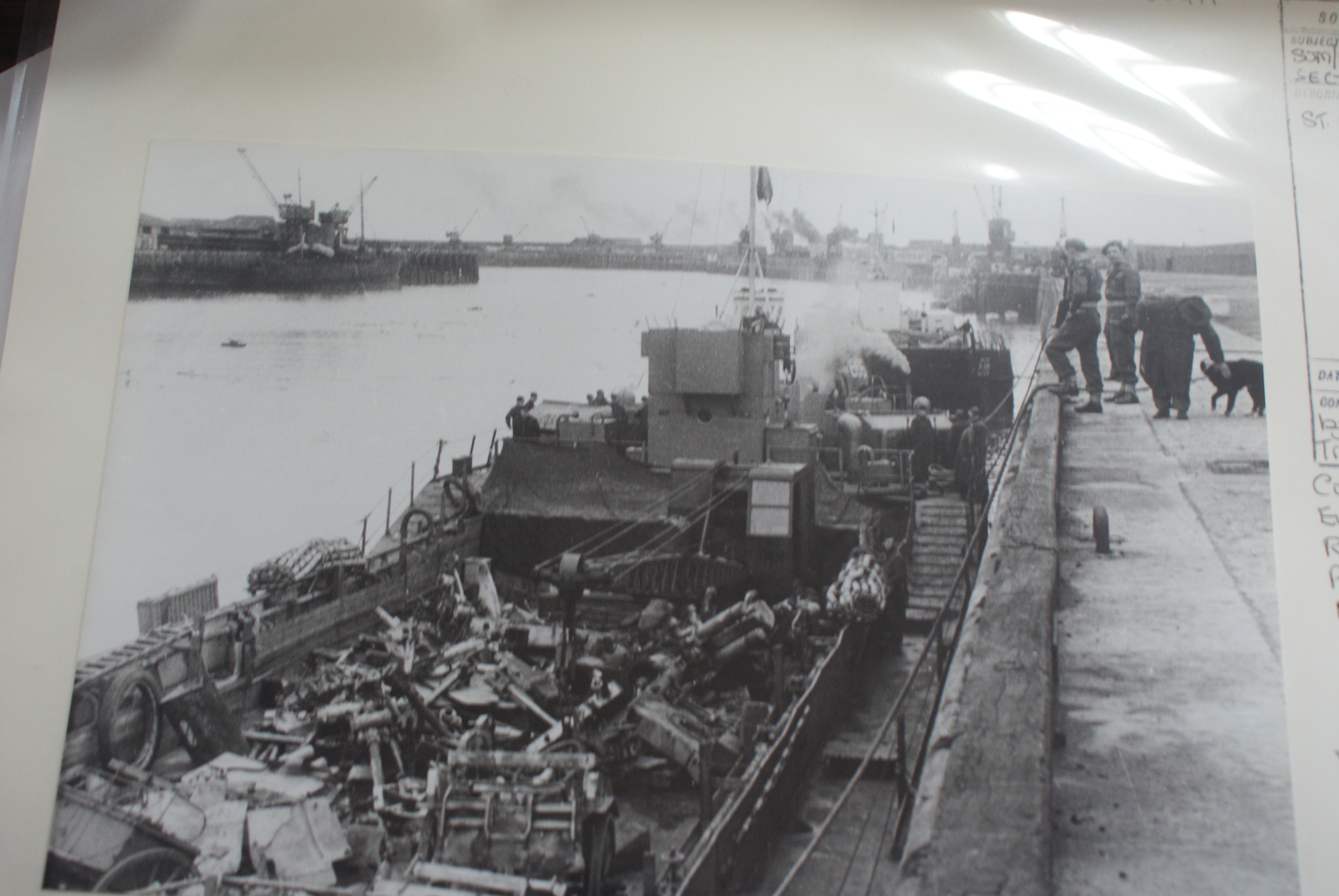For one of our photography trips, we visited the Jersey Archives and the War Tunnels to gain more information and photos about the occupation.
Jersey archive:
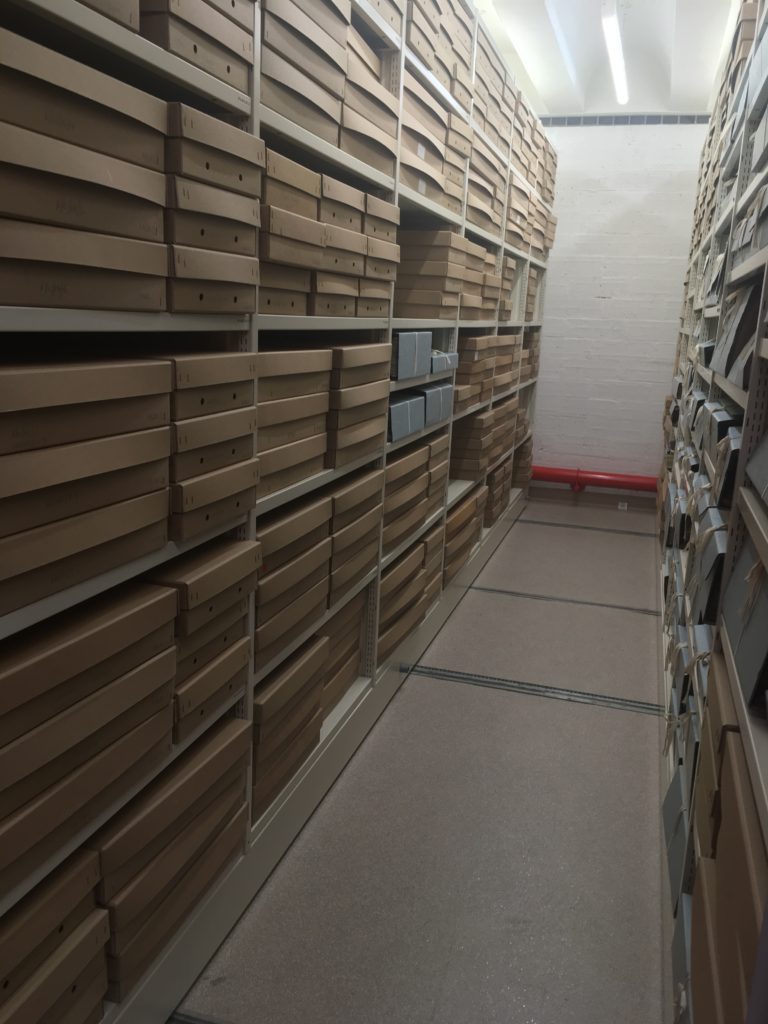
Jersey Archive is responsible for the islands historic sites, museums and public archives. They hold collections of artifacts, works of art, documents and information relating to the island, dating back to as far as 600 years old. #
During our visit, we had the opportunity to look at documents from the second world war and from when Jersey was occupied by the Nazis. There were letters from the German soldiers to their families which were never sent, messages sent through the red cross from the Jersey occupants who were stuck on the island, registration and alien cards, and messages from the royal family to the island.
This was all incredibly interesting as we were given insight as to how people lived their lives and survived during the war, and what a different time it was compared to the modern day.
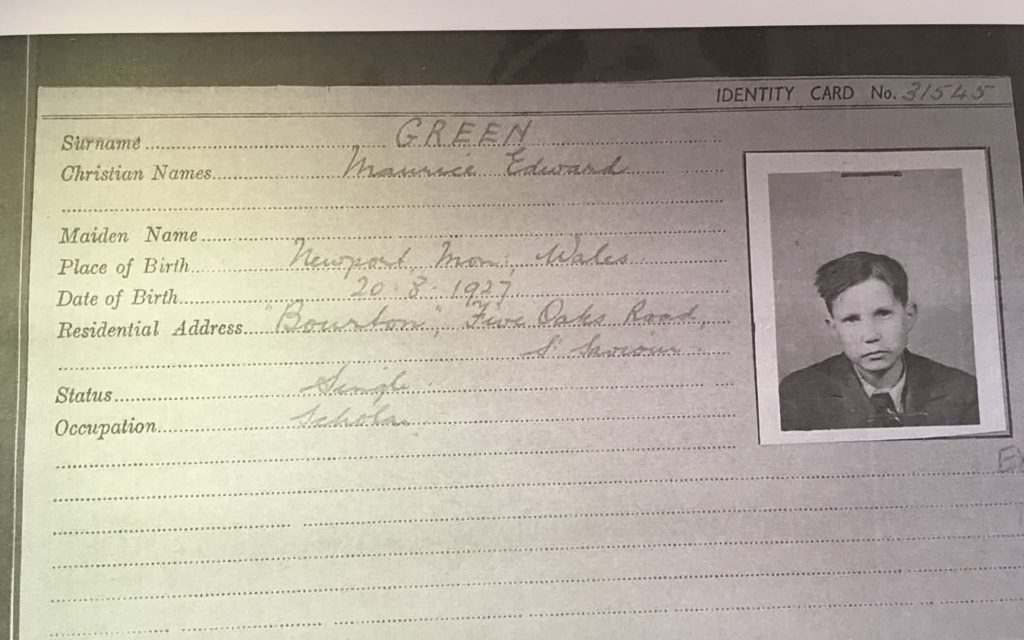
One of the registration cards belonged to the only known survivor of diabetes on the island during the war, a boy named Maurice Edward Green. My uncle actually met this person, now an old man, while he was working, and Maurice told him his story of what he did during the war. Due to the lack of resources, the supply of insulin ran out, leaving those who depend on it to either find other ways of gaining insulin or to unfortunately die. Discharging himself out of the hospital, Maurice went to the library and read up ways on how to keep his insulin up, and then proceeded to scavenge for eggs and other natural resources, and because of this he managed to survive.
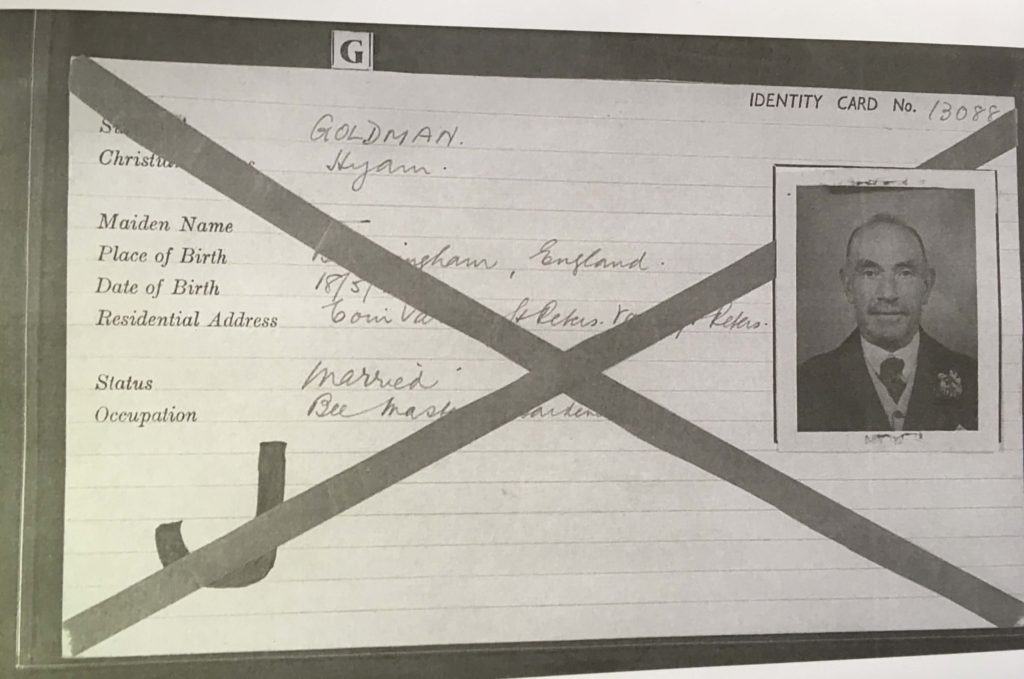
Hyam Goldman, a bee keeper who lived on the island during the war. Jersey Jews weren’t sent to camps as commonly as those who lived in Germany, however there were still discrimination put against them. Jersey Officials were ordered to ban Jews from holding jobs or running businesses and confiscated their property. They were banned from public places, were subject to special curfews and could only go shopping between 3PM and 4PM.
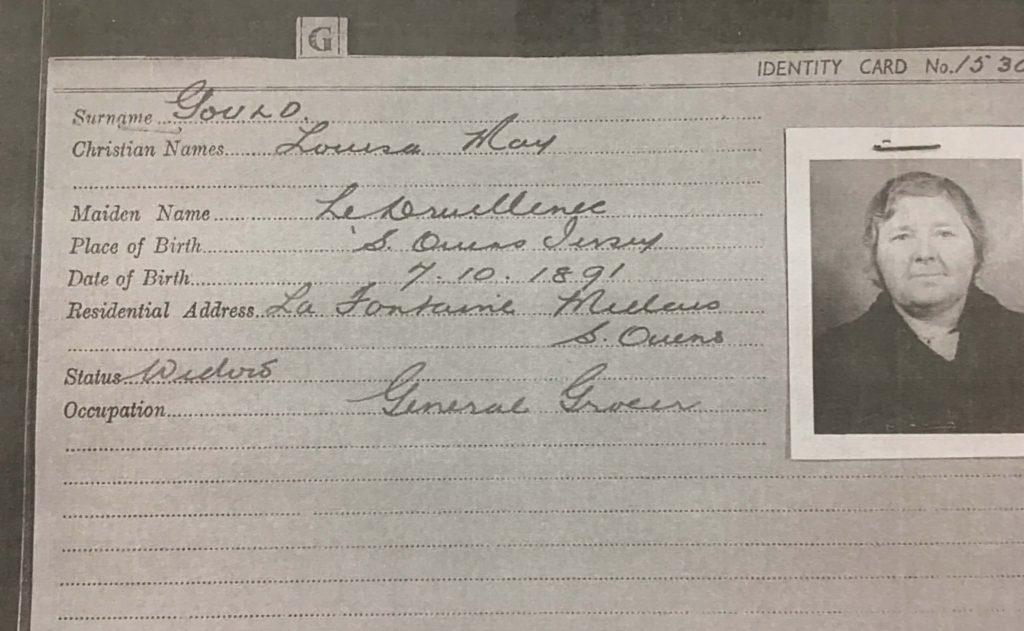
Louisa May Gould was a woman who lived during the second world war and was sadly killed when it was found out she was sheltering a Russian Slave escapee.
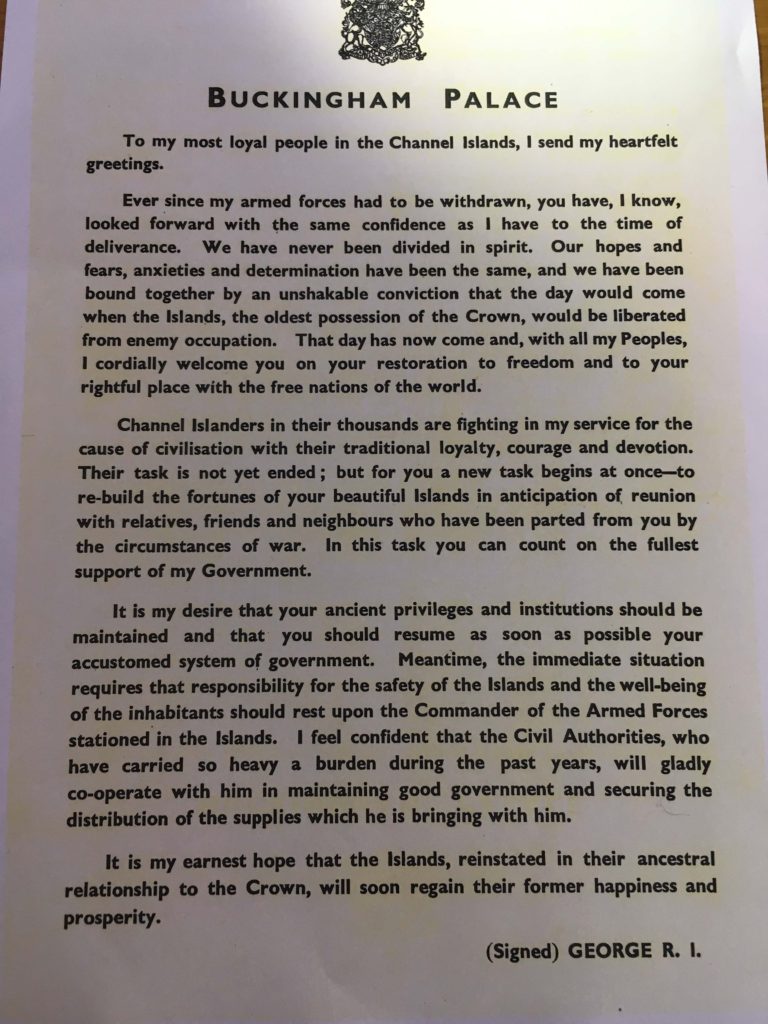
This letter was sent to Jersey from Buckingham Palace after the Island was Liberated.






